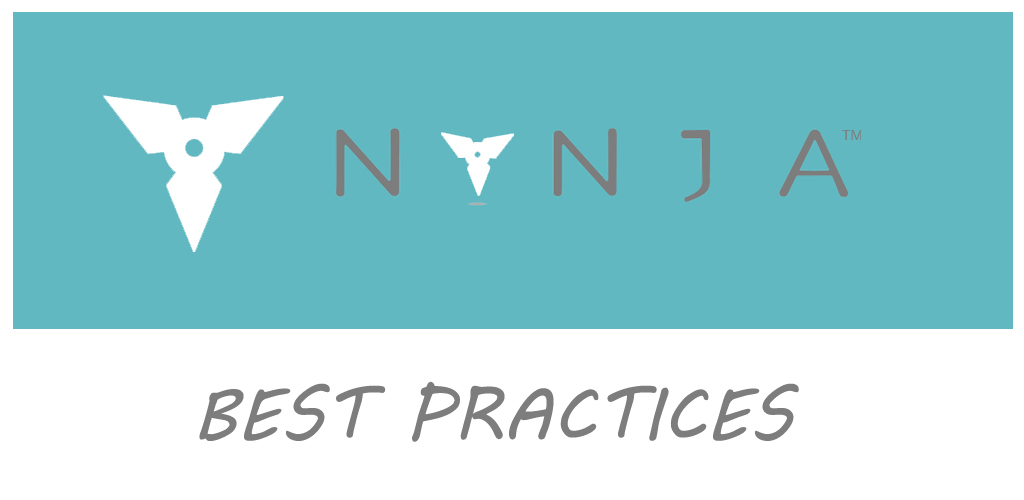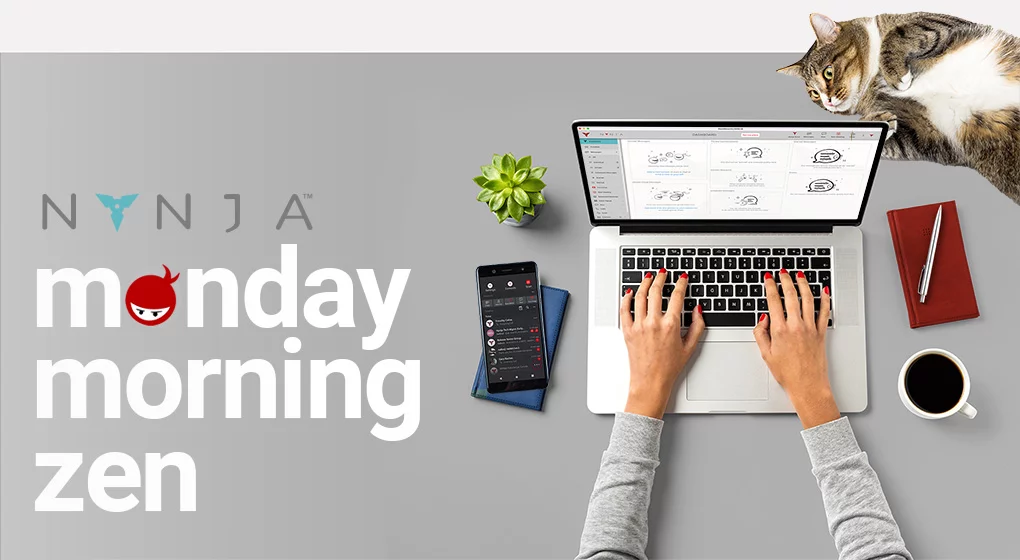Becoming the architect of your own success requires a well thought-out approach in addition to strategically-timed actions.
Once you are clear about what you want to accomplish, when, and how you think it can happen, you’ll want to start plotting out specific actions over time. This action calendar can apply to any project, such as a marketing plan, physical construction project, or digital development for a website.
Building out a simple production plan using the following 4 phases – and leveraging Nynja as a centralized communication and documentation repository – helps you anticipate what you will need at each stage of the project – and keep your progress on track.
Phase 1: Kickoff. Within the first month or so of your project, it’s important to make sure you have all the equipment and materials for the job. In the case of creating a website, during the kickoff phase, you will need to research what platform you want to use, secure your hosting and domain, develop your information architecture, and identify key words and phrases for search optimization.
Phase 2: Production/Development. Once you’ve identified and acquired the foundational elements of the project, work can begin. During this phase, it’s helpful to identify key project milestones. Continuing with the website example, these milestones could include: completion of a first draft of copy; taking or finding relevant images; and a round or two of colleague and supervisor feedback.
Use your Nynja drive to share documents and use track changes to avoid version control chaos.
Phase 3: Quality Assurance and Launch. Now that your work has begun, and your content has been reviewed and implemented, you’ll want to give your site a proofread and make sure to test out all the links and forms. This is the phase when you’re making sure the quality of your product is excellent and refining the details before making it live.
Share links with eagle-eyed colleagues on Nynja messenger to catch any final flaws and schedule reminders to others and yourself in advance for tasks or items due.
Phase 4: Post-production. When planning a project, it’s important to think about what will need to happen after completion. In the case of a website, there may need to be continued content maintenance, comment moderation, and the addition of pages and posts to keep things current.




